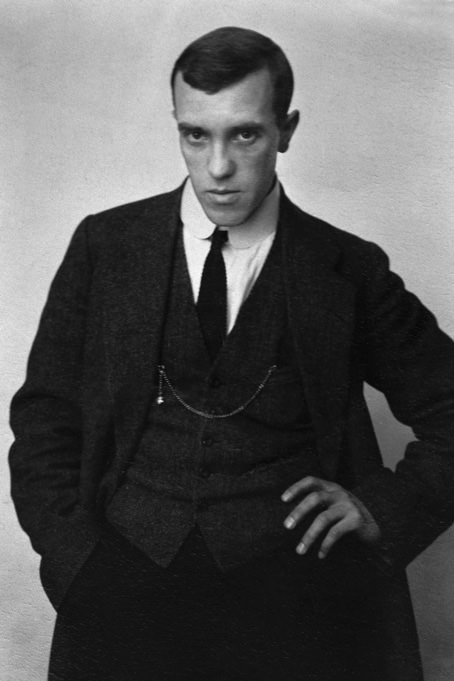

The reproduction of these works without the express written consent of the owner of the works is prohibited.
DownloadSaaremaa. A Study
This is a redux of one of Konrad Mägi’s best-known works, Sea Kale. The work was painted very close to the Vilsandi Island lighthouse, looking north.
Some analyses of Mägi works have arrived at a conception of “beauty”. It can be argued that Mägi and his contemporaries’ concept of beauty was influenced by natural, primitive as well as cultivated conceptions of beauty – nature, folk art and professional painting.
In his letters, Mägi does not mention the word very often. In 1907, a scant week before Christmas, he wrote one of his Finnish friends from Paris, telling him among other things: “When I look at the brightly illuminated boulevards and the cheerful faces of very beautiful Frenchwomen, my mood grows sadder and the emptiness of life is even clearer. It is very interesting to observe any kind of life, but this boulevard life and its immorality has a beauty of its own, the beauty of human tragedy.”
It should be noted that Mägi is not talking about visual beauty but rather an immoral beauty expressed in decadence – he uses the term “beauty” not just as an aesthetic term but as a cultural, emotional and psychological category – and, judging from his works, a religious one as well. Mägi equated beauty with the sublime and the experience of beauty was worth something only if it was affective. Beauty is something that does not create enjoyment but rather catharsis.
But returning to Saaremaa. A Study, we can presume that the moving force behind this painting was not enjoyment of the familiar and home-like but the emotional affect that Mägi got from experiencing a different kind of natural. Thus, we can suppose that a catalyst for Mägi was the experience of the other. This observation could, incidentally, be extended to Mägi’s portraits, where he often depicted exotic human types, such as Jews or the Roma. If whatever Mägi saw, perceived and depicted at a given moment was beautiful for him, it was beautiful because it sparked something unknown in him, activated and shook him, laid an emotional charge into him.
The reproduction of these works without the express written consent of the owner of the works is prohibited.

